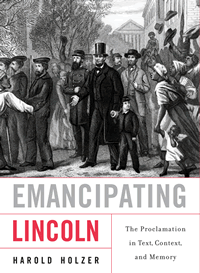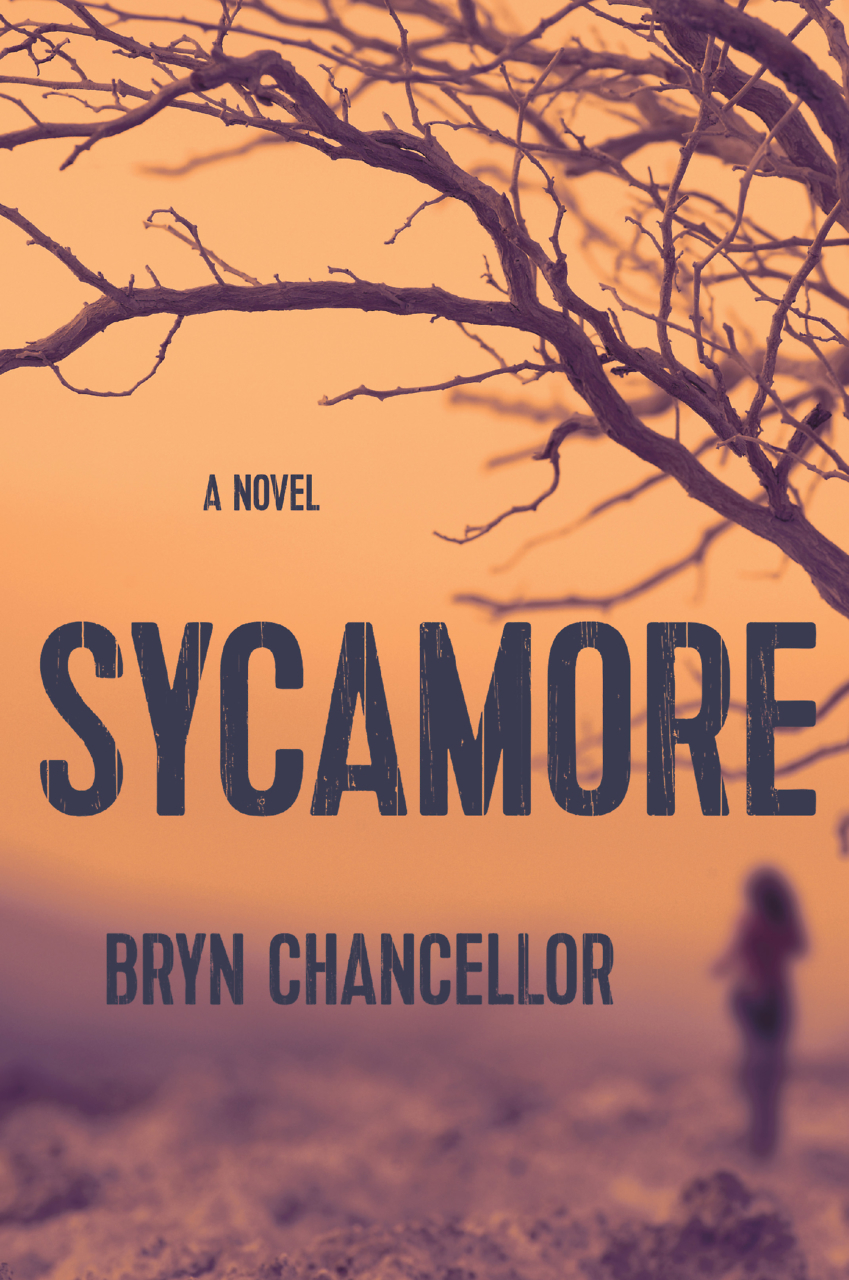A New Birth of Freedom
Lincoln scholar Harold Holzer reexamines the Emancipation Proclamation
The Gettysburg Address. The Second Inaugural Address. These are the words of Abraham Lincoln written in stone in the temple devoted to his memory in Washington D.C. But Lincoln himself believed that it was another set of words for which he would be remembered. “I know very well that the name which is connected to this act will never be forgotten,” he privately confessed. The act to which he referred was the Emancipation Proclamation, a dully worded legal document that set off 150 years of praise and recrimination. What is regarded by some as America’s second Declaration of Independence is denigrated by others as hollow and cynical, a political ploy from a master manipulator. So which is it? Lincoln scholar Harold Holzer asks that question in his latest work, Emancipating Lincoln: The Proclamation in Text, Context, and Memory.
To describe Harold Holzer as a Lincoln scholar is something of an understatement. He has written forty-two books and over 500 articles on Lincoln and the Civil War, served as chairman of the Abraham Lincoln Bicentennial Commission, and frequently lectures on Lincoln at venues around the country. When CSPAN, PBS, or The History Channel needs commentary about the sixteenth president, Holzer is often the go-to guy. In Emancipating Lincoln, Holzer, whose day job is senior vice president of external affairs at the Metropolitan Museum of Art, has set out a three-pronged review of the Emancipation Proclamation and its author, examining how Lincoln set about writing and “marketing” his work, the historical context in which emancipation occurred, and the way the act was memorialized from its first days down through the present.
 In the opening section of the book, Holzer introduces the political Lincoln, a man who knew the value of leaking information in advance, who was keen to use both his friends and foes to advance his cause. During the time he was composing the proclamation, Lincoln shopped it around, using his caginess to mold opinion, both private and public. Holzer goes so far as to count the number of people who had advance warning of what Lincoln was planning, explaining how their knowledge helped him. In perhaps the most famous example of Lincoln’s political maneuvering, the president engaged Horace Greeley, the abolitionist editor of the New-York Tribune, in back-and-forth wordplay that resulted in the publishing of a Lincoln letter—still misquoted today—which contained the infamous line, “If I could save the Union without freeing any slave I would do it….”
In the opening section of the book, Holzer introduces the political Lincoln, a man who knew the value of leaking information in advance, who was keen to use both his friends and foes to advance his cause. During the time he was composing the proclamation, Lincoln shopped it around, using his caginess to mold opinion, both private and public. Holzer goes so far as to count the number of people who had advance warning of what Lincoln was planning, explaining how their knowledge helped him. In perhaps the most famous example of Lincoln’s political maneuvering, the president engaged Horace Greeley, the abolitionist editor of the New-York Tribune, in back-and-forth wordplay that resulted in the publishing of a Lincoln letter—still misquoted today—which contained the infamous line, “If I could save the Union without freeing any slave I would do it….”
As Holzer reveals, however, Lincoln had most likely composed his letter, which also reinforced his view that slavery was wrong, even before Greeley challenged his anti-slavery credentials. Lincoln knew he was going to issue the proclamation, and Greeley’s pro-emancipation column titled “The Prayer of Twenty Millions” offered the perfect chance to release his letter, preparing the public for what he and a select few knew was coming. This pre-emancipation parlor game sounds familiar to modern ears used to political leaks and counter leaks. As Holzer writes, “[I]t is hard to judge who proved more disingenuous in this affair: the editor who suspected emancipation was inevitable but publicly demanded it anyway, or a president who had firmly decided to issue a proclamation now contending that he would do so only to restore the Union.”
 Lincoln’s backstage managing of the Emancipation Proclamation was, as Holzer describes, much more than a game. It was deadly serious business. Lincoln knew that if freeing the slaves were to work, he would have to win the war, and vice versa—the two goals were deeply entangled. Thousands were dying on the battlefields, and the president was struggling to keep the North focused on winning, the slaveholding border states from joining the Confederacy, and Europe from declaring support for Richmond. This delicate balancing act was well suited to a cunning political man, and the words of the Emancipation Proclamation, explored in Holzer’s second chapter, were classic Lincoln master strokes. The document contains no flowery language, no high moral tone meted out in Biblical or Shakespearean prose. It was, in Holzer’s words, “both a freedom icon and a rhetorical failure.” In avoiding the soaring language of a Gettysburg Address, Lincoln made it appear that his heart wasn’t in the act, that he was performing a necessary, somewhat distasteful legal task. This mundane wording allowed people to make of the act what they wanted. Abolitionists could celebrate the result while conservatives could portray it as merely an act of military necessity, not a radical new policy.
Lincoln’s backstage managing of the Emancipation Proclamation was, as Holzer describes, much more than a game. It was deadly serious business. Lincoln knew that if freeing the slaves were to work, he would have to win the war, and vice versa—the two goals were deeply entangled. Thousands were dying on the battlefields, and the president was struggling to keep the North focused on winning, the slaveholding border states from joining the Confederacy, and Europe from declaring support for Richmond. This delicate balancing act was well suited to a cunning political man, and the words of the Emancipation Proclamation, explored in Holzer’s second chapter, were classic Lincoln master strokes. The document contains no flowery language, no high moral tone meted out in Biblical or Shakespearean prose. It was, in Holzer’s words, “both a freedom icon and a rhetorical failure.” In avoiding the soaring language of a Gettysburg Address, Lincoln made it appear that his heart wasn’t in the act, that he was performing a necessary, somewhat distasteful legal task. This mundane wording allowed people to make of the act what they wanted. Abolitionists could celebrate the result while conservatives could portray it as merely an act of military necessity, not a radical new policy.
The conflicted nature of the Emancipation Proclamation, though serving the political needs of the Civil War, has unfortunately allowed its legacy to be contested ever since. The third section of Emancipating Lincoln explores this history, beginning with the first requests for signed copies of the proclamation, proceeding through revisionist views that attacked it as a racist-inspired half-measure, and ending with today’s more nuanced understanding. In the book, Holzer draws on his interest in art, illustrating this evolution with visual portrayals of the event over the past 150 years, portrayals made all the more difficult because Lincoln invited no photographers or journalists to witness what was arguably his most important signature. More’s the pity, as such documentation would have helped in understanding the context of the event to see it as it really happened. And context is everything when examining history. Holzer writes, “It grows increasingly and dangerously tempting to view the proclamation from the vantage point of the twenty-first century….” Emancipating Lincoln goes a long way toward correcting this unfortunate tendency, restoring some of the wonder to a watershed American event.
Harold Holzer will speak about Emancipating Lincoln at the twenty-fourth annual Southern Festival of Books, held October 12-14 at Legislative Plaza in Nashville. All events are free and open to the public.


